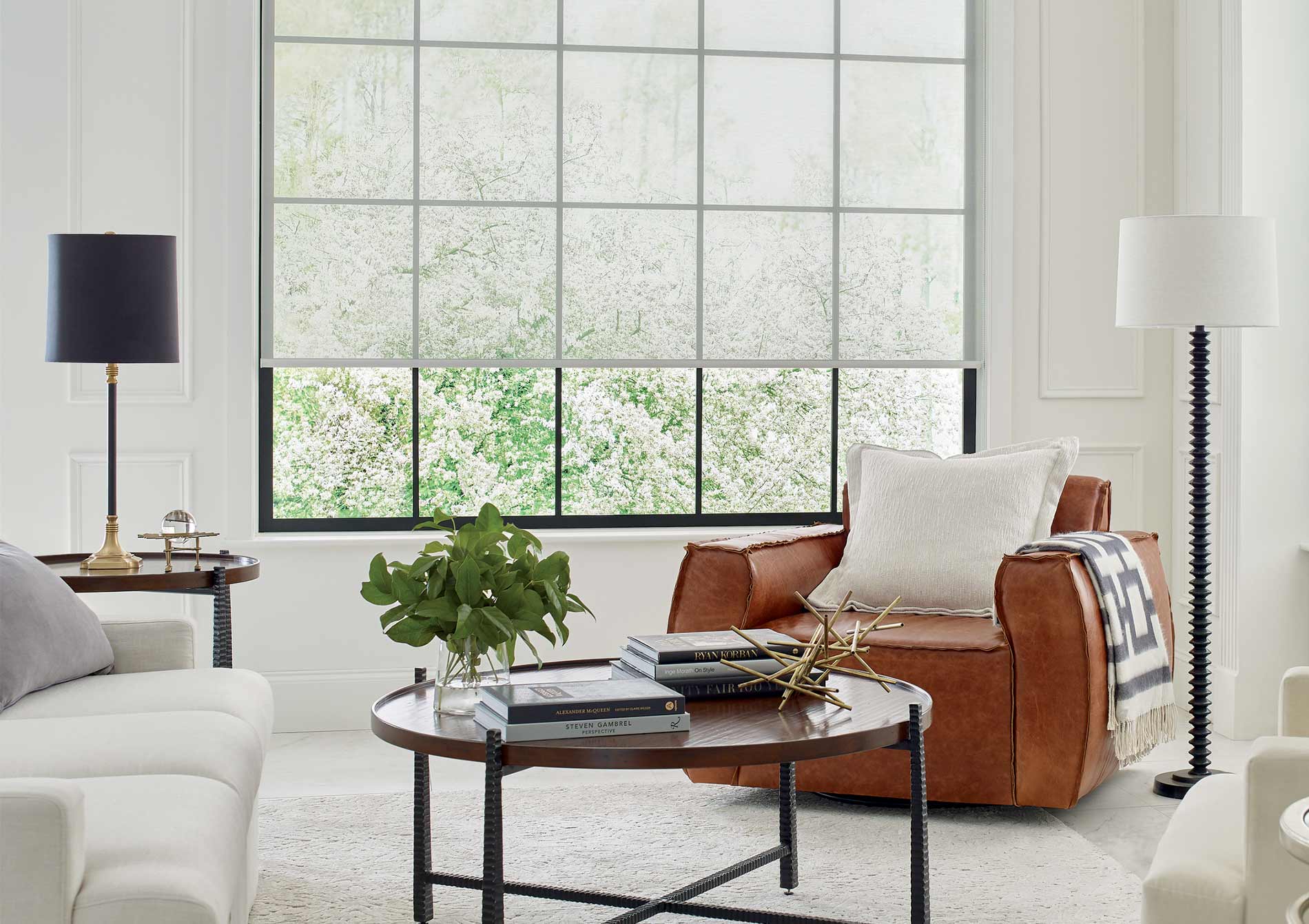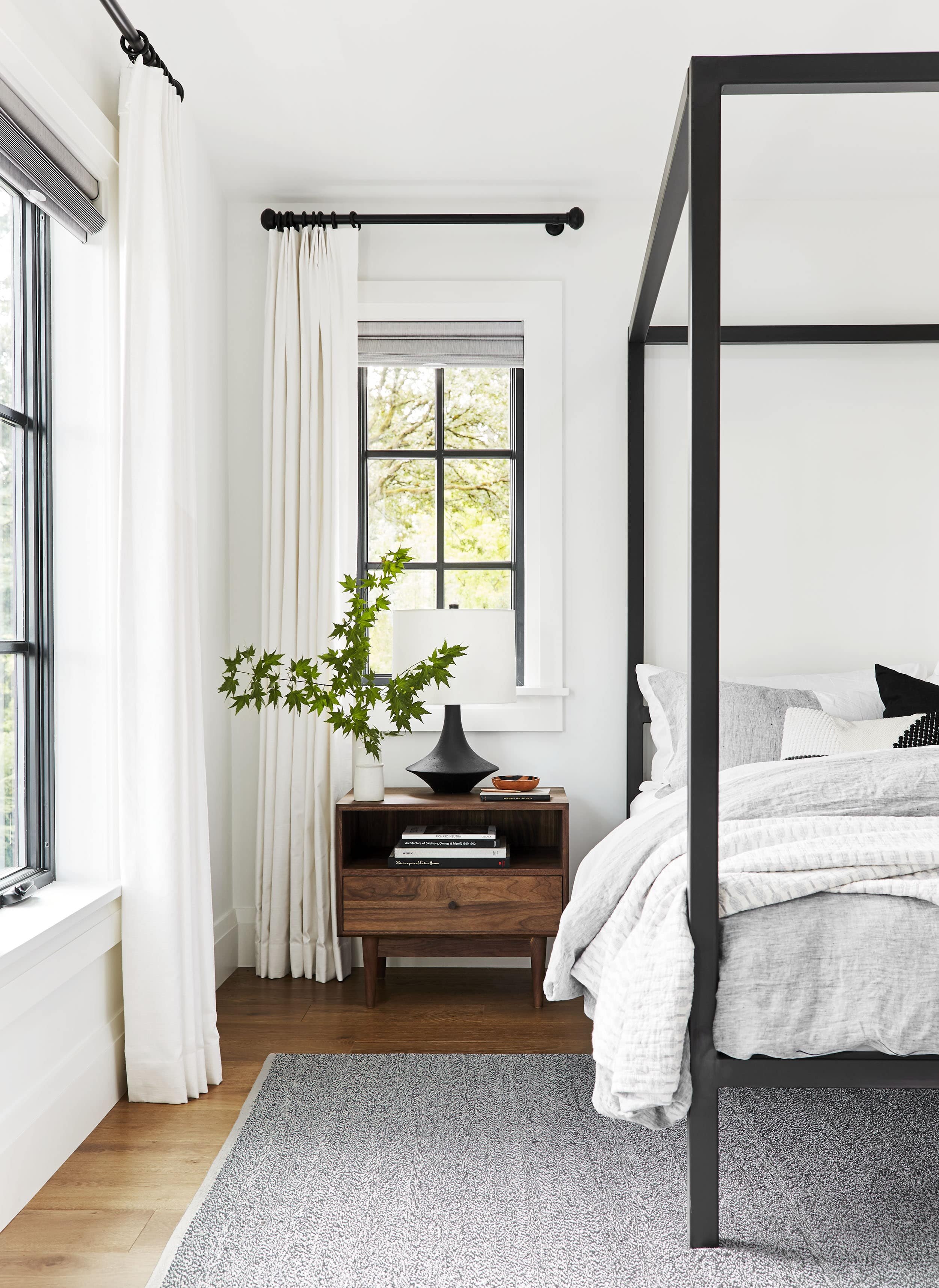The Ultimate Guide to Blinds: Kinds, Advantages, and Picking the Right Suitable For You
The globe of home window treatments is large and varied. Blinds are available in various designs, each offering distinctive benefits for various setups. Comprehending these choices is necessary for making educated choices. Furthermore, elements like material choice and space functionality play a significant duty. As one takes into consideration the excellent equilibrium between aesthetic appeals and practicality, the nuances of gauging and keeping blinds likewise emerge as key components. What should one focus on when selecting the ideal home window option?
Kinds of Blinds: An Extensive Summary
Blinds act as both aesthetic and useful aspects in indoor style, offering numerous choices to suit varied preferences and demands. Among the most prominent types are Venetian blinds, identified by horizontal slats that can be readjusted for light control and personal privacy. Roller blinds, known for their simpleness and flexibility, come in a variety of materials and patterns, making them suitable for typical and contemporary setups. Vertical blinds, typically utilized for bigger windows or gliding doors, permit simple change and are frequently made from textile or plastic.
Roman blinds, with their elegant folds up, include a touch of sophistication to any kind of room, while mobile tones provide insulation and energy performance. Additionally, bamboo blinds use an all-natural, environment-friendly alternative, infusing spaces with heat. Each kind has distinct functions and designs, ensuring house owners can locate the perfect fit for their certain style and functional demands.
Advantages of Putting Up Blinds in Your Home
The installation of blinds in a home provides a number of considerable benefits. They give enhanced privacy control, allowing property owners to control exposure from the exterior. In addition, blinds add to energy efficiency by helping to manage indoor temperature levels, reducing the reliance on heating and cooling down systems.
Boosted Personal Privacy Control
When homeowners seek to improve their living areas, mounting blinds supplies a substantial benefit in personal privacy control. Blinds offer a functional remedy for controling exposure from both the inside and exterior of the home. By adjusting the slats or raising the blinds, individuals can quickly handle the amount of light getting in while simultaneously obstructing the sight from outside. This adaptability allows home owners to develop a comfortable atmosphere without giving up all-natural light. Additionally, numerous designs and materials are readily available, making certain that home owners can choose options that flawlessly mix with their design while boosting personal privacy. Ultimately, the installment of blinds functions as an effective methods to protect individual area, encouraging leisure and comfort within the home setting.
Energy Efficiency Renovation
Installing blinds not just improves personal privacy but additionally significantly adds to energy performance in the home. By controling all-natural light and decreasing warmth transfer, blinds can assist keep a constant indoor temperature level. During warmer months, closing blinds can block out extreme sunlight, thus reducing the reliance on cooling. On the other hand, in cooler months, they can provide insulation by capturing warmth, lowering heating costs. In addition, energy-efficient blinds, such as mobile tones, are created particularly to decrease power loss. By purchasing quality blinds, home owners can create an extra comfortable living environment while likewise reducing power costs. Ultimately, the setup of blinds functions as a functional service for those seeking to boost both comfort and energy performance in their homes.
Exactly how to Select the Right Blinds for each and every Area
Exactly how can one establish one of the most appropriate blinds for each space in a home? The selection process begins with examining the room's function and environment. For example, in living locations, functional blinds that permit light control while making certain personal privacy are excellent. In bed rooms, blackout blinds can boost rest quality by blocking out exterior light.
Kitchens and washrooms call for moisture-resistant alternatives to withstand moisture, making plastic or fake timber blinds suitable selections. Additionally, the wanted aesthetic plays a crucial duty; working with blinds with the space's decor enhances the general atmosphere.
Think about the amount of all-natural light each area gets; lighter blinds might be preferable for dark areas, while darker alternatives can add warmth to sunlit areas. Eventually, understanding specific demands and choices for functionality and design will certainly lead house owners in making educated choices tailored to each space's one-of-a-kind needs.
Material Options: Wood, Vinyl, Textile, and Extra

Timber Blinds Advantages
Timber blinds are a prominent selection among home owners seeking a mix of aesthetic appeals and functionality. One considerable benefit of wood blinds is their all-natural charm, supplying a warm and inviting appearance that enhances any type of indoor design. They are readily available in various finishes and shades, enabling personalization to match individual design. Additionally, wood blinds give excellent light control and personal privacy, as their slats can be conveniently changed to filter sunshine while maintaining seclusion. Their longevity is another advantage; with correct treatment, wood blinds can last for many years without shedding their allure (Phoenix blinds repair). Moreover, they have shielding residential or commercial properties, assisting to manage interior temperature levels and possibly decreasing power costs. Generally, timber blinds combine sophistication and usefulness, making them an ideal choice for many households
Vinyl Resilience Features
Vinyl blinds stand out for their extraordinary sturdiness, making them a functional option for different environments. These blinds are resistant to moisture, making them ideal for locations such as kitchen areas and restrooms where moisture can be a concern. Unlike wood, plastic does not warp, crack, or discolor under sunlight, ensuring resilient performance and minimal maintenance. Additionally, they are readily available in a range of designs and colors, allowing homeowners to personalize their look without giving up longevity. Plastic blinds are also very easy to tidy; an easy wipe with a moist cloth is often enough to keep them looking fresh. Overall, their strength and low maintenance make vinyl a popular choice amongst house owners seeking both capability and aesthetic allure.

Fabric Alternatives Introduction
Blinds are available in a variety of textile choices that deal with various aesthetic and useful demands. Typical products consist of fabric, timber, and vinyl, each offering distinct benefits. Wood read the full info here blinds supply a classic, cozy aesthetic and exceptional insulation but call for upkeep to avoid bending. Vinyl blinds are long lasting and moisture-resistant, making them optimal for high-humidity locations like kitchen areas and bathrooms. Material blinds, readily available in numerous shades and patterns, supply flexibility and soft qualities, improving home decor while giving varying degrees of light filtering. In addition, options like artificial timber offer the look of all-natural timber with included sturdiness. When picking blinds, it is crucial to assess the certain needs of each space to ensure peak performance and design.
Measuring and Mounting Blinds: Tips for Success
Determining and mounting blinds might appear uncomplicated, careful attention to detail is important for achieving an ideal fit. It is vital to determine the home window framework accurately, keeping in mind both the width and elevation. For within places, deduct a percentage from the width to guarantee a tidy fit, while outdoors installs must prolong past the structure for much better light control and aesthetics. Using a steel measuring tape is advised for accuracy.
When setting up, gather all necessary devices, such as a degree, drill, and screws. Complying with the maker's directions is vital to ensure proper installment. It is suggested to pre-drill holes to avoid harming the braces. Furthermore, having a 2nd individual can make the process smoother, specifically when raising heavier blinds. Ultimately, after installment, test the callous confirm they operate efficiently and change as required for maximum capability.
Maintenance and Take Care Of Durable Blinds
Correct maintenance and treatment can significantly expand the life expectancy of home window treatments. Normal dusting is important; utilizing a soft fabric or a microfiber duster can effectively get rid of dust without scratching surfaces. For much deeper cleaning, a gentle solution of soap and water is recommended, used with a soft sponge, guaranteeing that no moisture leaks right into the systems.
For material blinds, spot cleaning is advisable, while wood blinds ought to be treated with a wood-safe cleaner to keep their coating. Prevent subjecting callous too much dampness, warmth, or straight sunshine, which can result in bending or fading.
Additionally, routine examination of systems and cords can stop damage. It's wise to comply with manufacturer standards for certain products, as different blinds might have distinct treatment demands. By taking on these basic maintenance techniques, property owners can guarantee their blinds continue my explanation to be useful and aesthetically pleasing for years ahead.
Frequently Asked Inquiries
Can Blinds Help In Reducing Energy Prices in My Home?
Blinds can properly reduce energy costs in a home by offering insulation, obstructing warmth during summer, and preserving warmth in winter. Their capability to manage light and air circulation improves power effectiveness throughout the year.
Are There Child-Safe Options for Blinds?
Yes, there are child-safe alternatives for blinds. These consist of cordless layouts, retracting cables, and security gadgets that get rid of dangling cords, ensuring a protected setting for kids while maintaining performance and aesthetic charm in homes.

How Do Blinds Compare to Tones or drapes?
Blinds commonly use a lot more accurate light control and space performance than drapes or shades. Phoenix blinds repair. They are often less complicated to clean up and maintain, while drapes supply a softer aesthetic, and tones can provide differing insulation benefits
Can I Customize the Shade and Design of My Blinds?
Yes, linked here blinds can be tailored in both color and layout. Different manufacturers use a large range of options, allowing clients to pick materials, patterns, and tones that fit their individual aesthetic and home decoration.
What Is the Average Life-span of Different Sorts Of Blinds?
The ordinary lifespan of blinds varies: wood blinds last 5-10 years, fake wood 7-10 years, aluminum 5-10 years, and textile shades around 5 years, relying on maintenance, use, and exposure to sunshine.
Kitchens and shower rooms need moisture-resistant alternatives to endure humidity, making plastic or fake wood blinds appropriate options. Timber blinds offer natural charm and heat, while plastic gives sturdiness and convenience of upkeep. One significant benefit of wood blinds is their all-natural appeal, supplying a warm and inviting look that improves any type of indoor style. In addition, timber blinds provide outstanding light control and privacy, as their slats can be quickly changed to filter sunlight while maintaining seclusion. For fabric blinds, spot cleaning is recommended, while wooden blinds ought to be treated with a wood-safe cleaner to preserve their finish.